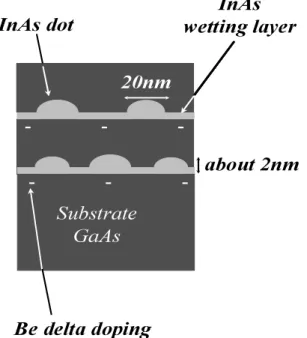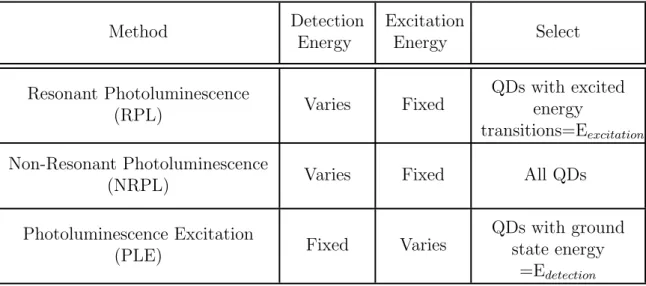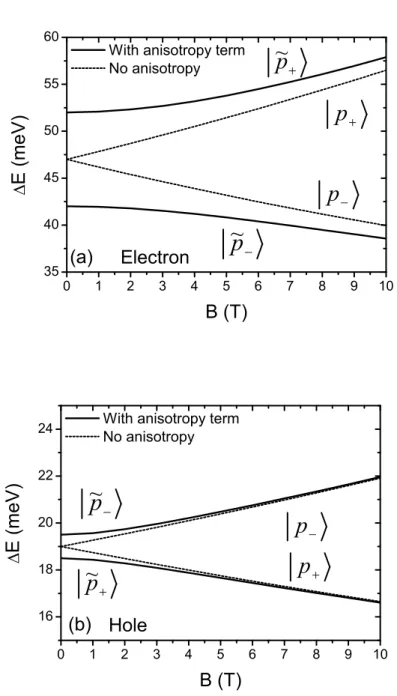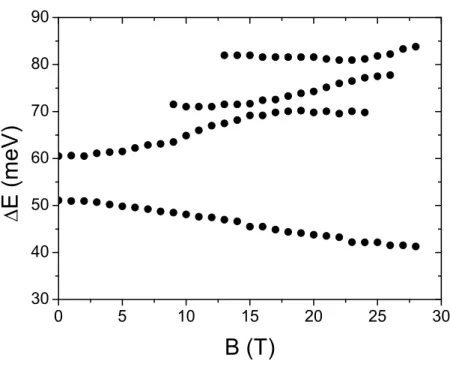Carrier LO Phonon Interactions in InAs/GaAs Quantum Dots:<br />Electronic Polarons and Excitonic Polarons
Texte intégral
Figure



![Figure 1.8: FIR transmission spectra at B = 0 T for radiation linearly polarized along the [110] (solid curve) and the [110] (dashed curve) directions for sample N1 (a) and sample P1 (b)](https://thumb-eu.123doks.com/thumbv2/123doknet/2325597.30264/40.892.164.755.314.799/figure-transmission-spectra-radiation-linearly-polarized-dashed-directions.webp)
Documents relatifs
Des analyses entre les différents groupes ont été menées à l’aide de la mesure CSE (= Caregiver Self-Efficacy in Pain Management) pour les items de la prise en charge de la
Parp1 can also cause cell death through an independent mechanism wherein PAR polymers translocate to mitochondria, inducing mitochondrial release and nuclear translocation
Trois périodes marquent cette histoire : jusqu’à la Seconde Guerre mondiale, la notion d’innovation n’est pas utilisée dans la littéra- ture, mais la question du
Dans la partie pratique nous avons travaillé sur la pièce théâtrale d’AHSANE TLILANI dont le titre est la Pélade et les Chapeaux... Jean marie
In this work, first we present theoretical results on exciton properties in parabolic quantum dots: resonance energy, binding energy and oscillator strength.. Then, we investigate
We have calculated the coupling between the mixed exciton-LO phonon states using the Fr¨ohlich Hamiltonian and we have determined the excitonic polaron states as well as the
Non-B viruses (30%) less frequently carried resistance mutations than did subtype B viruses (4.8% vs. Drug-resistant variants are frequently present in both recently and
The effect of the decrease of the electronic population f211« in the quantuIn region at short tiInes, as it contributes to the overall status of the systeIn resulting froIn the



![Figure 2.1: Phonon dispersion curve in GaAs along the high symmetry axis Γ −∆−X found in reference [15].](https://thumb-eu.123doks.com/thumbv2/123doknet/2325597.30264/58.892.220.684.170.500/figure-phonon-dispersion-curve-gaas-high-symmetry-reference.webp)

![Figure 2.8: Calculated magnetic field dependence of the oscillator strength for the high energy polaron (solid lines) and the low energy polaron (dashed lines) for light polarized along the [110] (full circles) and [110](open circles) directions.](https://thumb-eu.123doks.com/thumbv2/123doknet/2325597.30264/69.892.178.709.459.869/figure-calculated-magnetic-dependence-oscillator-strength-polarized-directions.webp)